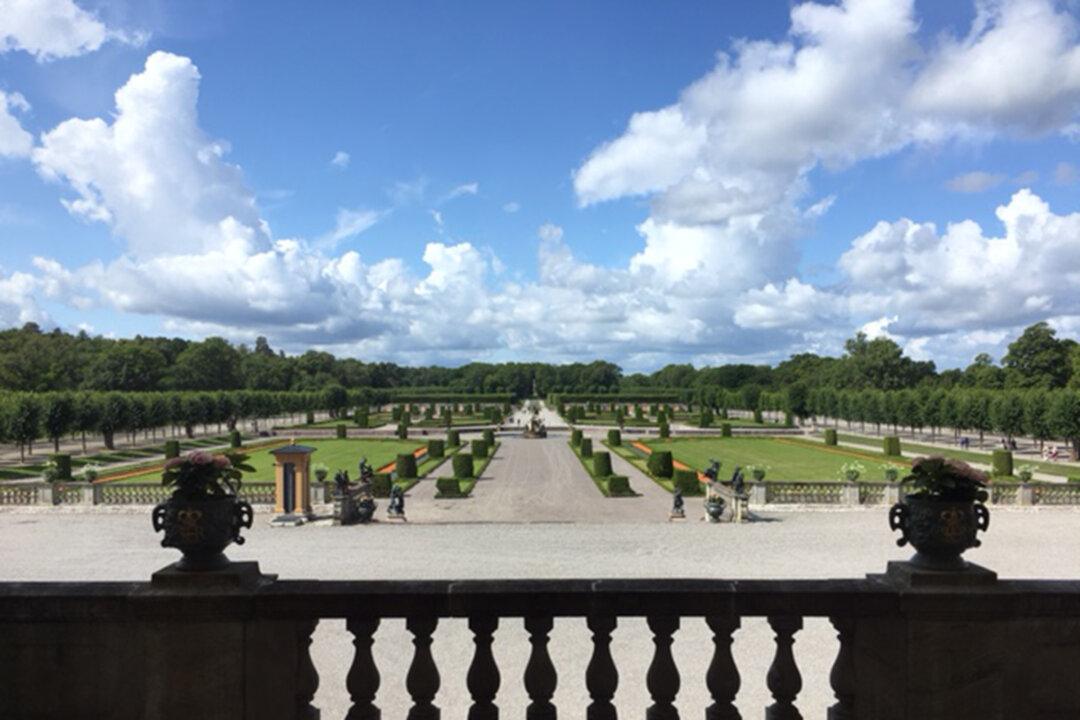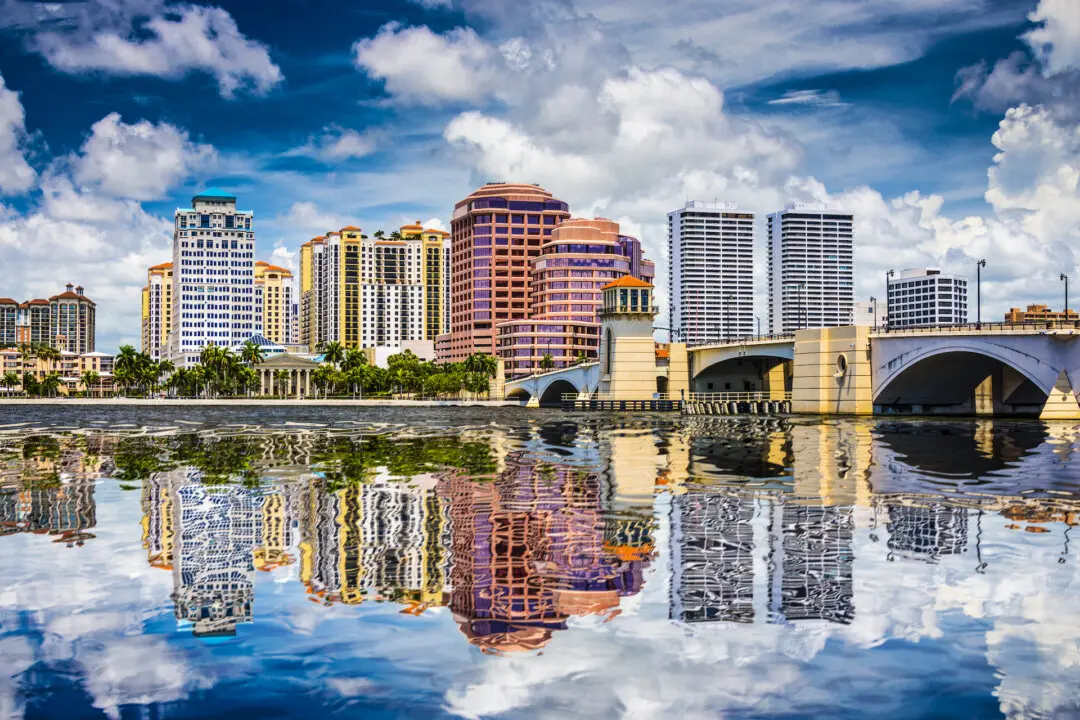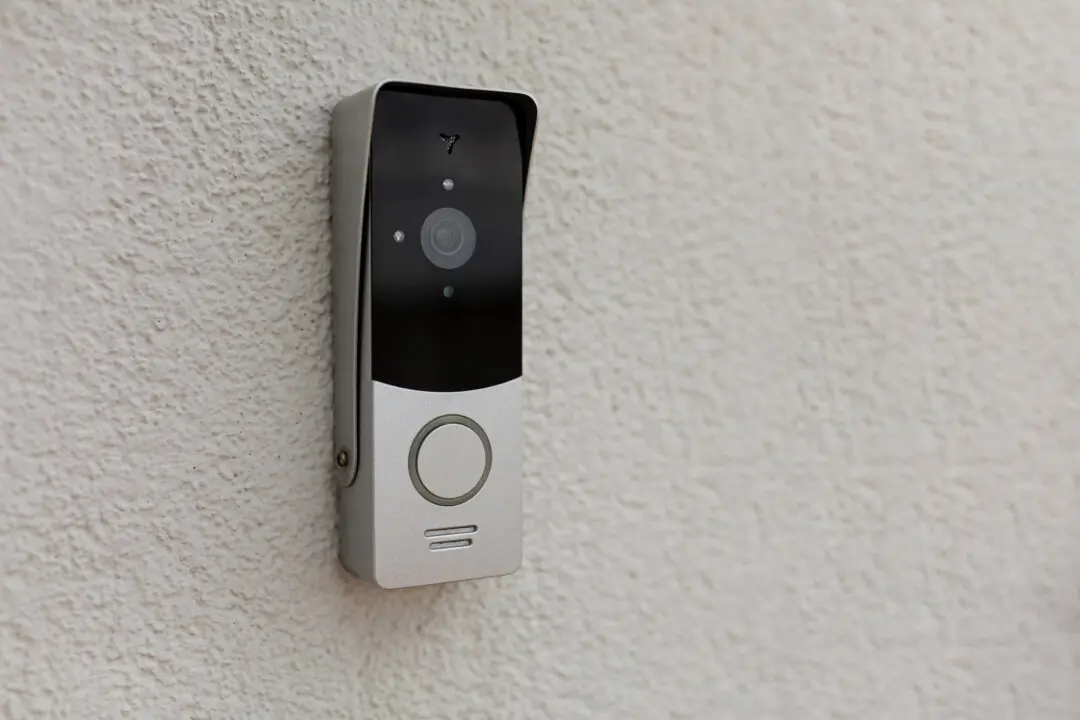By Carol Ann Davidson
From Tribune News Service
Despite my initial concerns about traveling to the Baltic Sea because of the nearby war in Ukraine, my 10-day, six-country cruise turned out to be one of the most illuminating travel experiences of my life.






